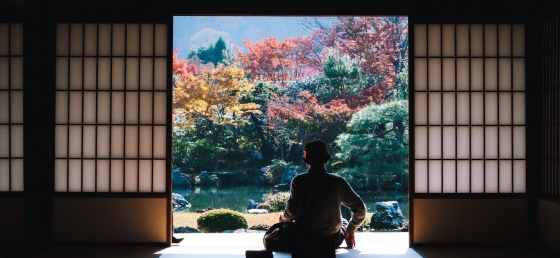Seoul Weather and Climate: A Comprehensive Guide
The large amount of people who live and work in Seoul at only 613 kilometers help to ensure that the average temperature in the city is a few degrees higher than in the countryside which surrounds the city. This is because the buildings and streets retain the heat, an effect that is especially noticeable during the summer evenings.
Seoul has relatively cool and sometimes quite mild winters. However not every winter is the same in Seoul. Some winters there will be no days below the freezing point and other years you can experience severe frost. That same unpredictability is reflected throughout almost the entire year. In the summer months, temperatures are mainly tempered by clouds and precipitation.
From May to September you will see the most rain, with rainfall amounts rising in July and August to 300 mm and sometimes more than 400 mm per month. In this period there is also the possibility that Seoul gets hit by a hurricane. The hurricane season runs from June to December in this region.
Average maximum day and minimum night temperature
Depending on the time of the year, temperatures range from very warm to chilly in Seoul. Average maximum daytime temperatures range from a very warm 31°C in August, the warmest time of the year, to a chilly 3°C during cooler months like January.
At night, temperatures typically drop to an average of around -7°C during these months.Check out our detailed temperature page for more information.
Temperature ranges by month
Precipitation and rainy days
Seoul has a relatively rain/snowy climate with high precipitation levels, averaging 1236 mm of rain/snowfall annually. Significant seasonal changes in precipitation occur throughout the year. During the wetter season, July receives heavy rainfall, averaging 316 mm of precipitation, recorded across 16 rainy days. In contrast, the drier season, January brings less snow/rainfall, with 21 mm over 7 snowy/rainy days. For more details, please visit our Seoul Precipitation page.
The mean monthly precipitation over the year, including rain, hail and snow
Sunshine over the year
Seasonal changes in sunshine hours are quite dramatic in Seoul. While May receives considerable daily sunshine with up to 7.5 hours, July marks the darkest time of the year, where sunshine is scarce with only 4.1 hours of sunlight per day.
Visit our detailed sunshine hours page for more information.
Monthly hours of sunshine
Daily hours of sunshine
Average humidity
The relative humidity is high throughout the year in Seoul.
The city experiences its highest humidity in July, reaching 77%. In February, the humidity drops to its lowest level at 54%. What does this mean? Read our detailed page on humidity levels for further details.
Relative humidity over the year
Average wind speed
The mean wind speed varies between 2 m/s and 3 m/s throughout the year. It is lowest in January, February, March, May, June, July, August, September, October, November and December and highest during April.
The mean monthly wind speed over the year (meters per second)
Forecast for Seoul



Select a Month of Interest
Check the conditions for any month of the year.
The best time of year to visit Seoul in South Korea
During the months of May and October you are most likely to experience good weather with pleasant average temperatures that fall between 20°C and 26°C.Other facts from our historical weather data:
Most rainfall (rainy season) is seen in July and August.
August has an average maximum temperature of 31°C and is the warmest month of the year.
The coldest month is January with an average maximum temperature of 3°C.
July tops the wettest month list with 316 mm of rainfall.
January is the driest month with 21 mm of precipitation.
May is the sunniest month with an average of 225 hours of sunshine.
No idea where to travel to this year? We have a tool that recommends destinations based on your ideal conditions. Find out where to go with our weather planner.



